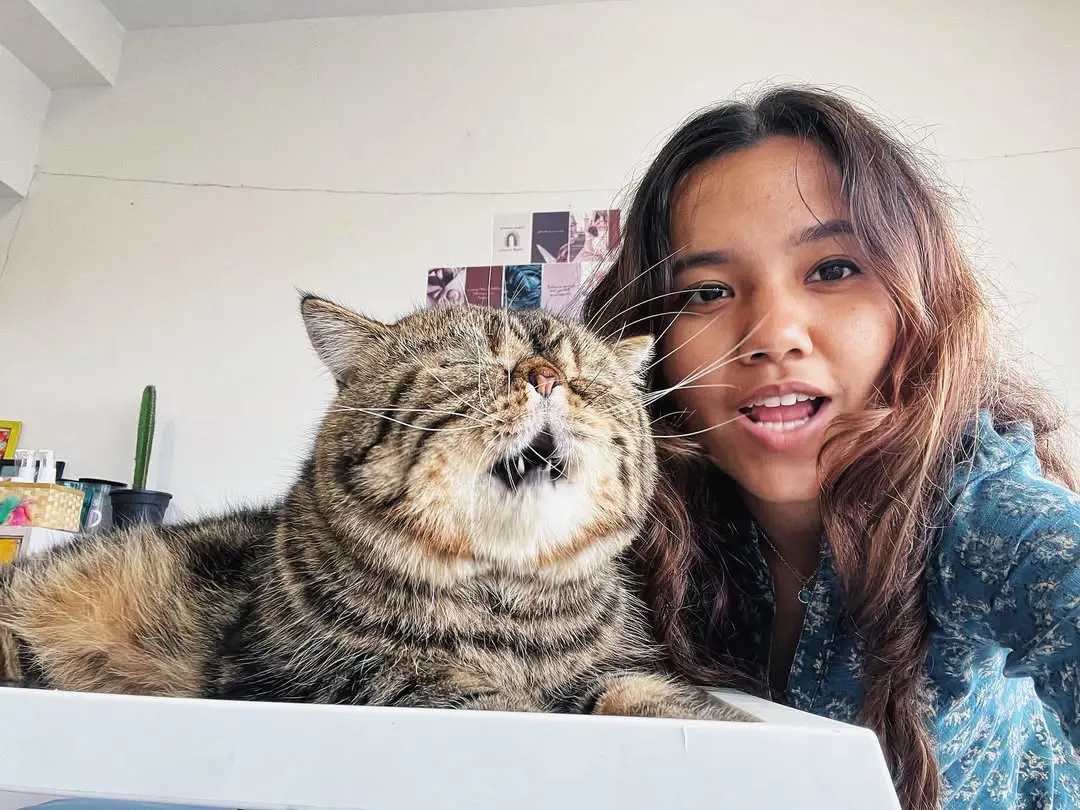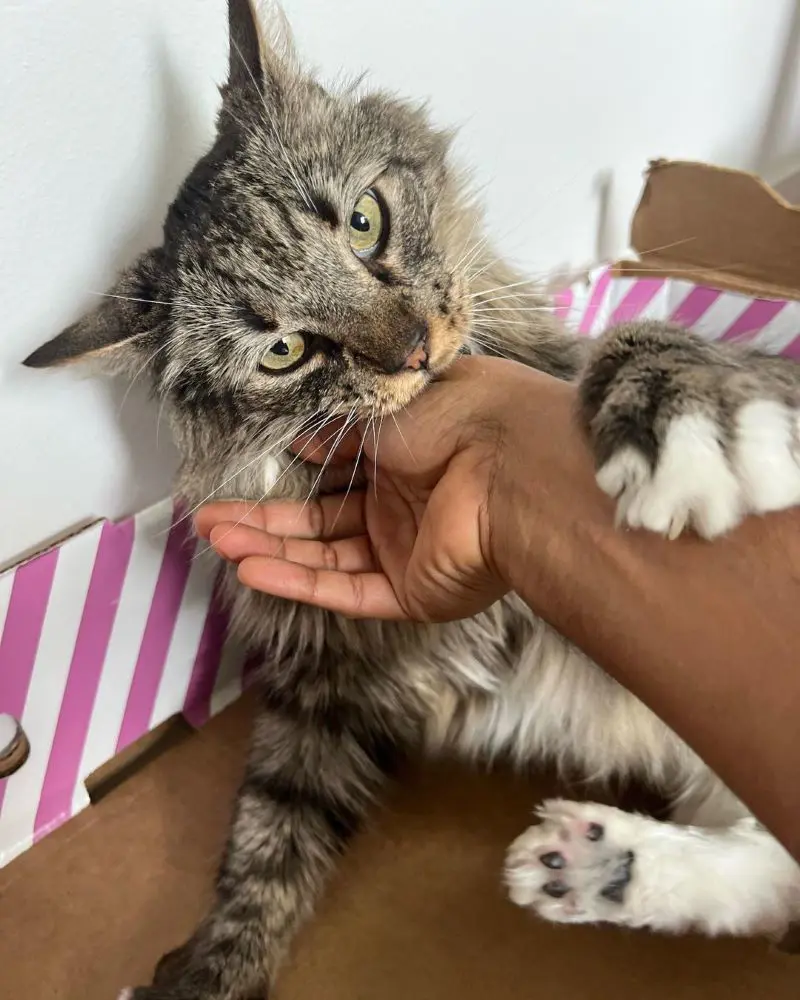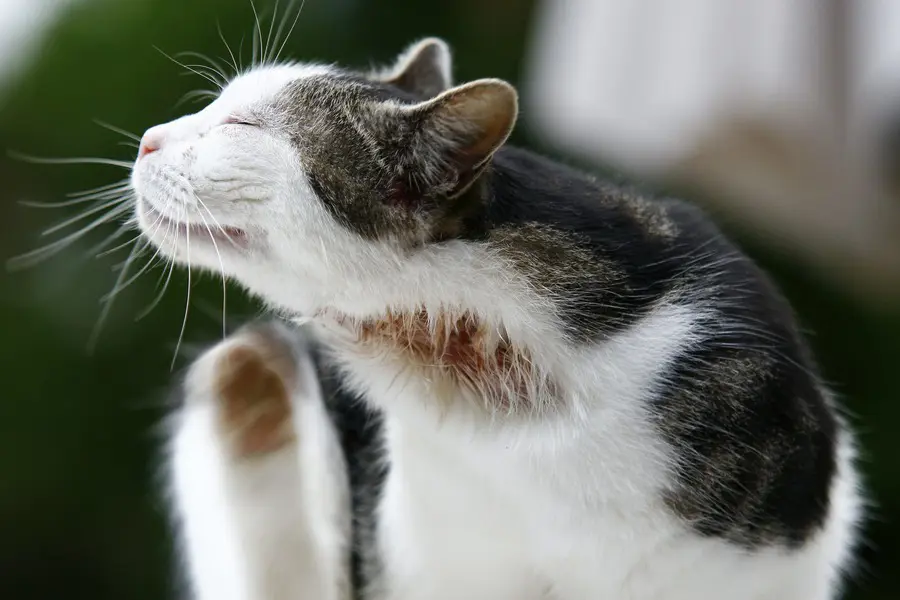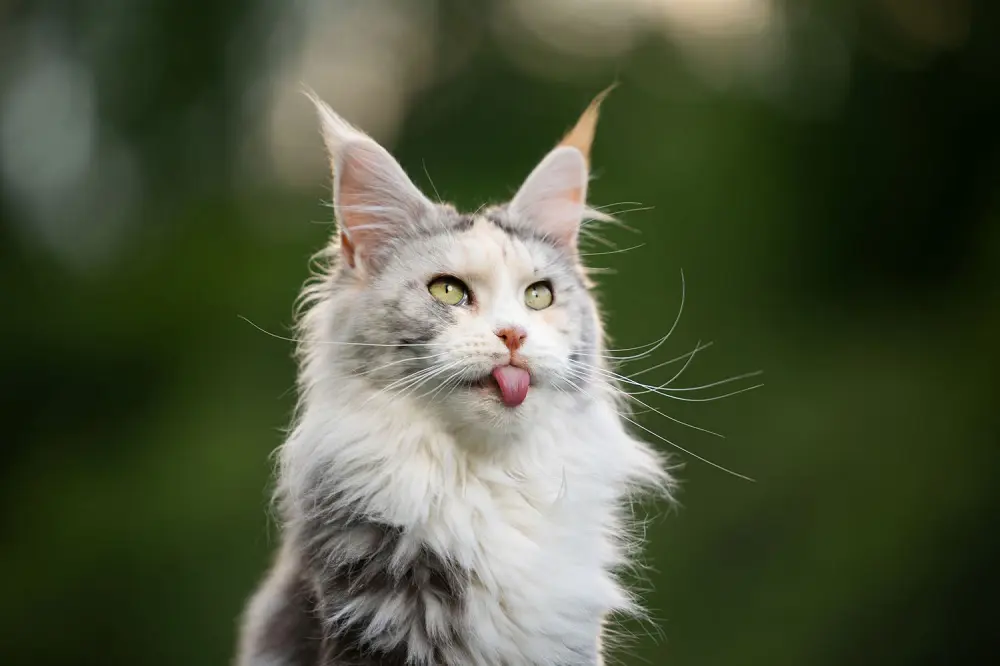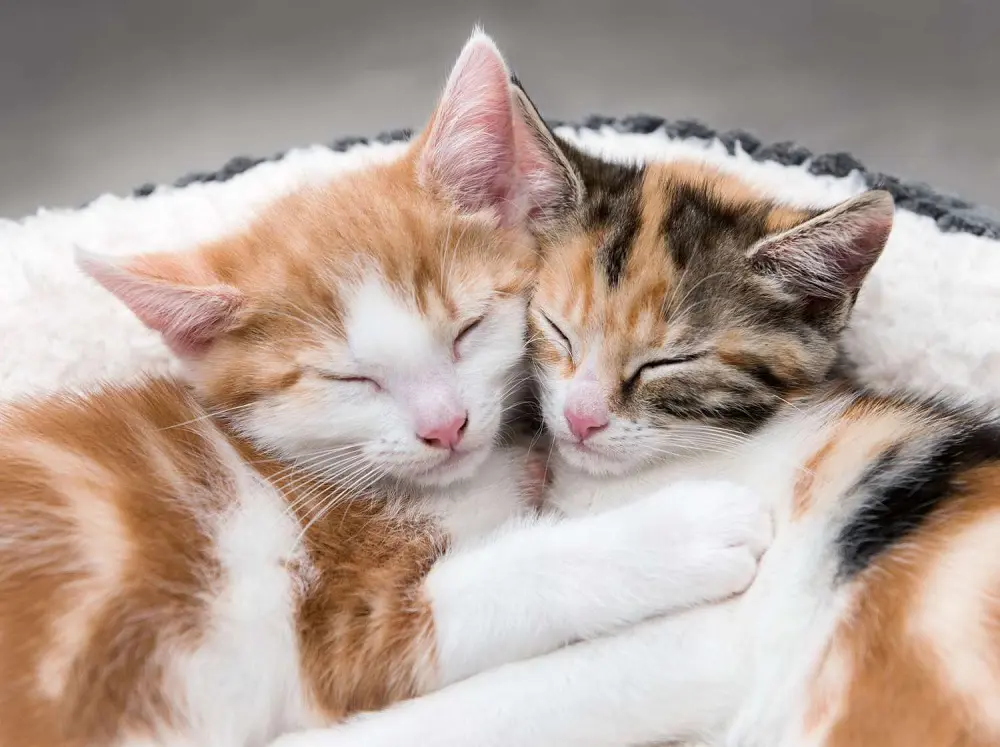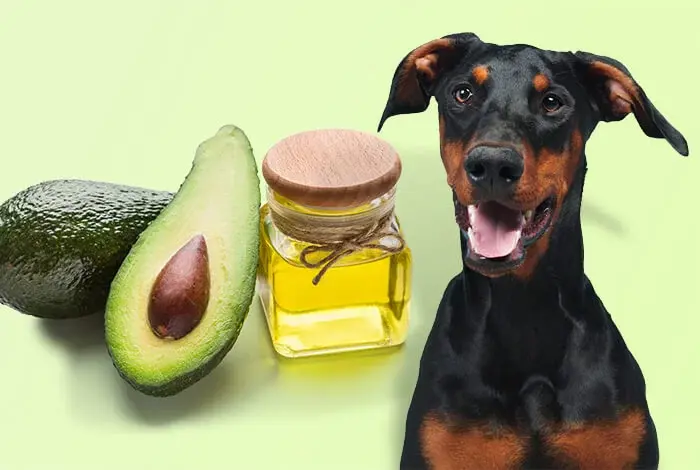19 Reasons Why Is My Cat Growling And How To Stop It

Knowing why your cat growls is very important to the relationship's welfare and smooth running. Growling in cats comes naturally as one of the modes, they use to communicate and more so if they are feeling uncomfortable, scared, or angry.
This behavior be dealt with on time, it will avoid possible conflicts and facilitate a better life for your feline companion knowing what might be the basic reasons for growling may give you measures toward a better environment making your feline friend more comfortable.
Below are the reasons cats growl, details of which will be further elaborated in the rest of this article and how best to address the situation.
1. Territorial Aggression
This aggression is common behavior in cats and they express it then when they feel that their space is being invaded by another animal or creature, a growling cat will try to increase the intensity of growling with the purpose of dominance, keeping others away from his space.
Such aggression may occur with the introduction of a new pet into the house or huge, sudden changes in the environmental circumstances of the cat, and any form of invasion of their already marked territory is most likely to put them under stress and hence lead them to act aggressively.
2. Fear and Anxiety

This might come about as a result of a new environment, noisy sounds, or even visitors and cats tend to hide, hiss, or even growl whenever they are afraid and these ways are very typical of making one know that they are under fear and thus should back off.
Products that help avoid the spread of pheromones or anxiety wraps could also help reduce your cat's stress level, a cat who feels safe and secure in combination with a stable routine and enough hiding places should growl less.
3. Pain or Discomfort
In such a situation a cat in pain may even be aggressive when touched or handed in a bid to make the information known and some of the causes of pain in the cat include but are not limited to injuries, arthritis, and dental problems, among other health problems that may call for the attention of the doctor.
Regular behavior monitoring and regular visits to the vet make early identification of the onset of pain obvious and timely measures for the treatment of your cat, proper management of pain in your cat can reduce growling and increase comfort and security.
4. Redirected Aggression
This redirected aggression means that for no apparent reason, a cat may growl, hiss or even attack someone and supplanting the feeling of frustration on the first open target and this might very well end up being another pet or the very owner of the cat.
This misdirected aggression can end up causing some serious scraps and injuries if it is not dealt with properly or timely enough, prevention of redirected aggression is achieved by removing the source of frustration from the cat's sight in situations where possible.
5. Presence of other animals

Cats are creatures of territory and the introduction of another animal to their surroundings may be seen as a threat and this reaction is seen in environments with other animals, as in multi-pet households, within which cats have to establish and protect their territory from invaders.
For instance, if there is a new addition to the family like a new pet you could witness how it grows into a continuation of assertion at its dominance by growling and a trigger message on respect for demarcation.
6. Hunger
Growling out of hunger is mostly associated with other restlessness signs that make a cat pace or meow persistently, cats depend on the frequency by which they are fed by their owners and any disruption in this trend causes agitation and vocalization of their hunger.
And if the cat growls all the time and is being fed regularly then, it probably has some health problems suppressing its appetite and a veterinarian might help out health-related issues so that proper nutrition can be taken up by your cat.
7. Hormonal Imbalance
They also completely change the character of the cat to those that growl and even display several other signs of irritability and these traits are evident in mainly cats that are not spayed or neutered, especially during their cycles of reproduction.
Growling will come in females as a call for mates or an indication that it is uncomfortable, while unneutered male cats growl out of territorial and mating instincts and spaying or neutering will help a lot in reducing hormonal fluctuations and their associated behaviors, like aggression.
8. Over-stimulation

A cat is very easily overstimulated and the stress resulting from such intensity of sensory inputs may lead to defense behaviors, such as growling, hissing, or biting the owners must be open to recognizing overstimulation and should let their cat be if they see such signs.
An accumulated duration and intensity may effectively increase higher threshold of stimulation in your cat and a variety of toys and activities would provide mental and physical stimulation that would not be intense at once.
9. Protective toward Offspring
Mother cats are protective over their kittens and usually, they hiss or growl when one shows warning gestures toward a threat and this only goes on to show how natural this protectiveness is, and at the same time how important in securing the safety of her kittens during their fragile first few weeks.
At this time much space and privacy should be provided to the mother cat to reduce stress and handling of the kittens should be minimized, the management of the mother with her kittens is to be carried out with methods that will be gentle and respectful according to the mother's needs and make her feel secure about her position.
10. Unresolved Conflicts
This growling in the cat may indicate unresolved conflicts between them and the owners or other cats and in the event such conflicts are not resolved, this results in a stressful situation for the cat that finally gets translated into growling behaviors.
Growling can be a form of expression for the cat that reveals disdain at the situation, indicating that it is either threatening or not content and you should seek the point of conflict locate the source of conflict, and resolve it so there is minimal inconvenience to everyone's lives.
Things such as separate food dishes and litter boxes will help to minimize competition.
11. Gromming Issues

When a cat has trouble cleaning itself and most of the time is usually in pain will growl to let the groomer know how it feels and that it wants it to stop.
Parts of this may be painful such as pulling on the skin when an area of matted fur is being combed out which will frequently cause the cat to growl and perhaps even fight the combing a little.
Chronic allergic skin diseases and infections can lead to pain while being combed and can leave the cat sore and crabby, with regular combing it is unlikely that such a condition would be allowed to exist, and any cause of discomfort or disease may be detected before it has progressed to the point that the cat growls when being combed.
12. Cognitive Dysfunction
While experiencing dementia, or a reduction in memory, learning, and awareness, cats are subjected to cognitive dysfunction syndrome (CDS) that causes them to be confused and anxious.
The growling in such cats with CDS could be a means to express their disorientation and discomfort in familiar environments.
This mainly occurs because the cat may be failing to recognize people or objects, and thus becomes more irritable and vocal and this behavior might be most noticeable during a change or disruption in a routine.
13. Respiratory Issues

Cats may growl when feeling discomfort and difficulty breathing which normally occurs with most respiratory problems and upper infections like asthma, and nasal congestion would discomfort the breathing of cats and they may growl as a way of informing their distressed condition.
Keeping the environment clean and dust-free helps eliminate most of the respiratory problems and gives relief to the cat and having fresh air available to your cat and reducing its exposure to possible allergens can help in keeping respiratory problems under control and thus reduce growling associated with breathing difficulty.
14. Mating Behaviour
Unspayed or unneutered cats also growl as a component of their mating behavior and when a female cat is in estrus, she will growl to draw attention from a male cat, and it can also be used to keep another female away.
Consequently, female cats growl to establish territory while unneutered males enforce the fight for mating opportunities, there are hormonal changes that drive this behavior because and after all, it is an instinct associated with reproduction.
15. Competing for Attention
Attention is very crucial for cats since they are social creatures by nature and their attitude to interact and bond with the owner and if ignored they growl among other expressions of irritability.
In multicat households, cats will growl if they feel that they are being overpassed in some way for attention from the owner, and this sort of competitive relationship can create tension easily and foster aggressive behavior.
Providing each pet with individual attention and creating positive interactions will help reduce growling associated with attention seeking.
16. Play Aggression

Characterized by hunting mimics in their behavior like stalk, pounce, and growl, can be a cause of the growling as well as other aggressive behaviors if not managed properly is the play aggression, although its the part of the normal development of a cat.
For example, during play, this can super-arouse into growling while engaging in a sort of pretense-hunting exercise and this is a practice to mirror its natural self to work out and tune the feline skills.
It becomes very important for a cat owner to channel these forms of play aggression through proper interactive sets of toys and structured play periods.
17. Hyperesthesia Syndrome
During a bout of hyperesthesia, a cat growls over skin twitches or any touch or handling and growling tells the person that the cat is very distressed and serves as an obvious sign to let the cat be.
These bouts are triggered by stress, anxiety, and overstimulation, so it cannot be stressed enough to do what one can to create a calm environment for the cat in suffering.
Treating the condition with gentle handling and monitoring could reduce the occurrence of growling because of the improved quality of life.
18. Forced Interactions
Cats will growl if they are put under pressure to initiate contact with them like picking up, holding, or stroking where they don't want to and its is a very obvious way for a cat to let a person know it does not like something.
This occurs in cats that have not been socialized or are handled badly and those that have learned negative reinforcement for handling and learning cat body language and respecting their space can help avoid forced interactions and growling.
Gradual handling with gentle pressures and positive reinforcement, can make a cat more accepting of interactions and remove much of the need for growling as a defense mechanism.
19. Restricted Space

Cats are curious and very active animals that need adequate space to move around, play, and exercise and ack of achieving this can make them quite irritable and cause growling behaviors.
A small space for a cat to express its natural behaviors like climbing, scratching, and hunting can lead it to get bored and stressed out and the frustration may manifest in growling, especially if the cat is trapped or feels it's unable to get away from some danger.
An environment that stimulates a cat by providing adequate vertical and horizontal space is thus very critical to their well-being.
How To Stop It
You should remove or exclude what might be causing pain or stress to your cat and if you want to stop a cat from growling, observe their behavior and environment to know what makes your them growl.
Put your cat in a quiet, safe, and enriched environment with no kind of stress-inducing loud noises, or any pets that might annoy them. You should introduce any new change into their environment gradually and provide them with ample opportunities for hiding, high places, and climbing areas where they could go and feel safe.
Avoid putting them in a situation where that may compel them to interact, you should give them space and a playful session with interactive toys regularly may help dissipate the energy surplus and lower the stress levels.
If the growling persists unabated, then seeing the veterinarian would not be a bad idea, to rule out any medical issues that could be at play causing pain or discomfort and it may even require professional advice from an animal behaviorist to work out a plan that suits the cat to reduce and eliminate such undesirable growling behavior.
Top Lists
